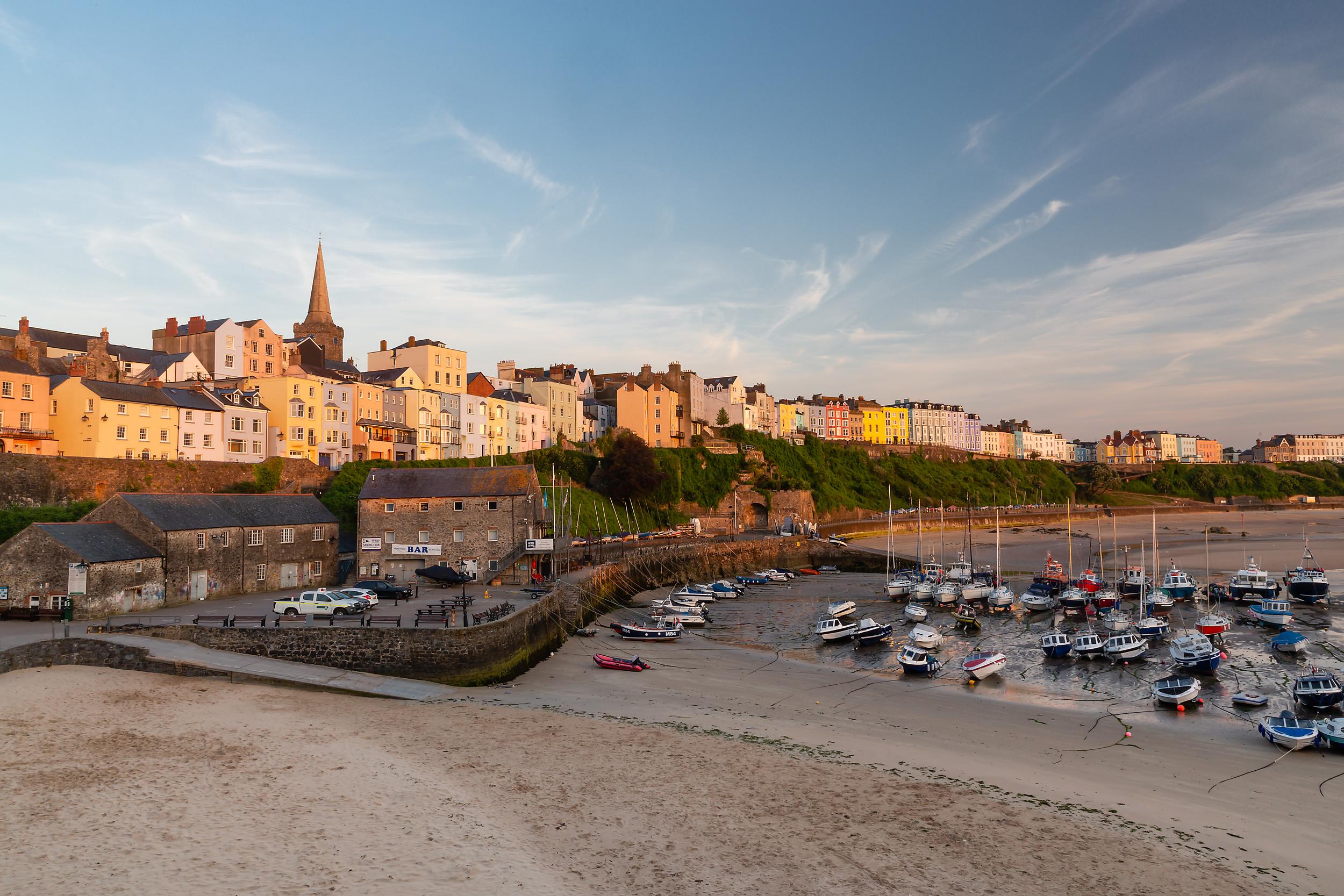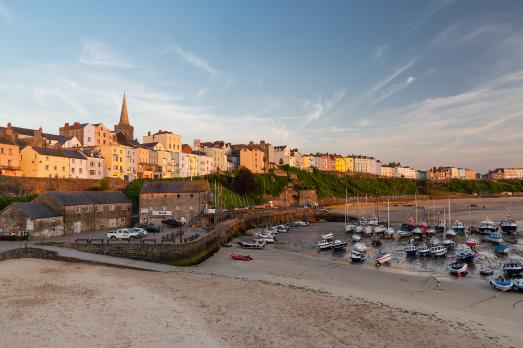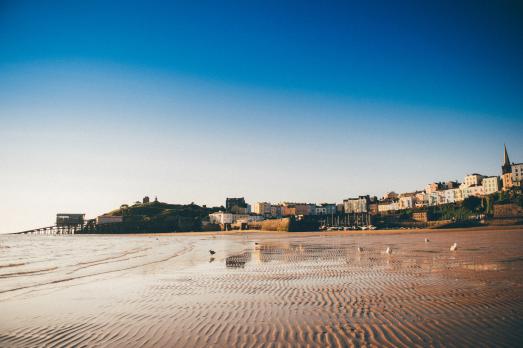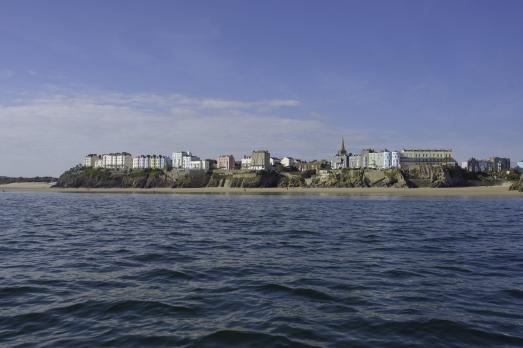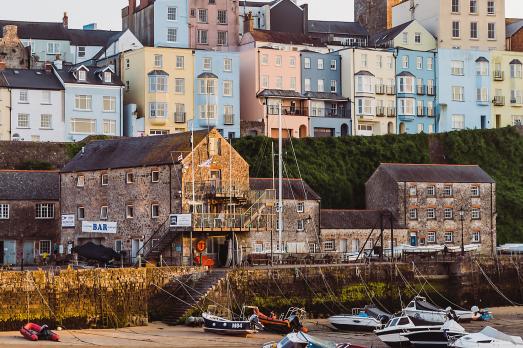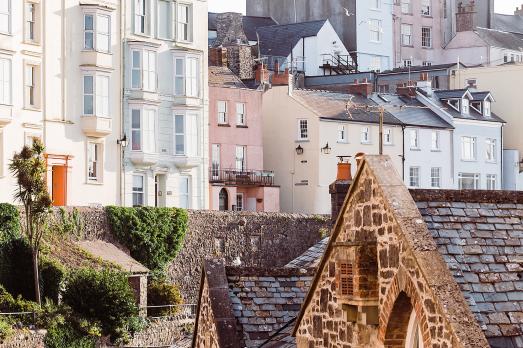The town was important in medieval times, with a castle and town walls, parts of which can still be seen, but by the 18th century it had slipped into forgotten decay. It was reinvented as a seaside resort in the early 19th century, which is when many of the handsome houses were built.
St Mary's dates from 15th century, although there was an earlier church on this site, and the base of the tower is 13th century. The interior is bright, neat and harmonious, partly because all the woodwork was cleaned and waxed in the 1960s. The eye is led to the altar by the 15th century wagon roofs in both nave and chancel. These still have their bosses, with the ones in the chancel having such subjects as a mermaid, Christ's Passion and the four Evangelists. The altar is 10 steps up from the chancel floor.
There are chapels on either side of the chancel. The north chapel, dedicated to St Nicholas, was built in 1475 and was refurbished in 1966. In the north aisle is a grim monument to John Denby, Archdeacon of St David's in the 15th century. His effigy is depicted as a rotting corpse, a memento mori or reminder that this is the fate awaiting us all.
The south chapel, also 15th century, is dedicated to St Thomas. Here is a memorial to mathematician Robert Recorde who died in 1510 and who is famous for having invented the equals (=) sign. Also in this chapel is an old curfew bell and the church's original font, now disused. The font used today is from 1886.

